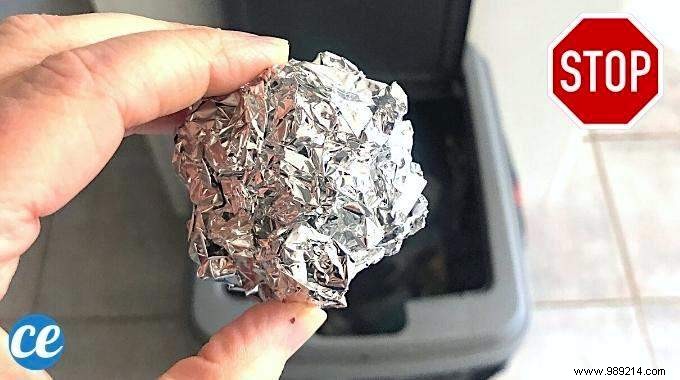
Today I explain to you what are the errors that we all do with aluminum foil.
Because it has become essential on a daily basis, in our kitchen.
It must be said that its uses are very numerous and sometimes really surprising!
But did you know that we also make a lot of mistakes using it?
And the problem is that some of these uses can put us at risk.
But don't panic!
I've listed for you the mistakes we all make with aluminum foil... and which are best avoided. Watch:
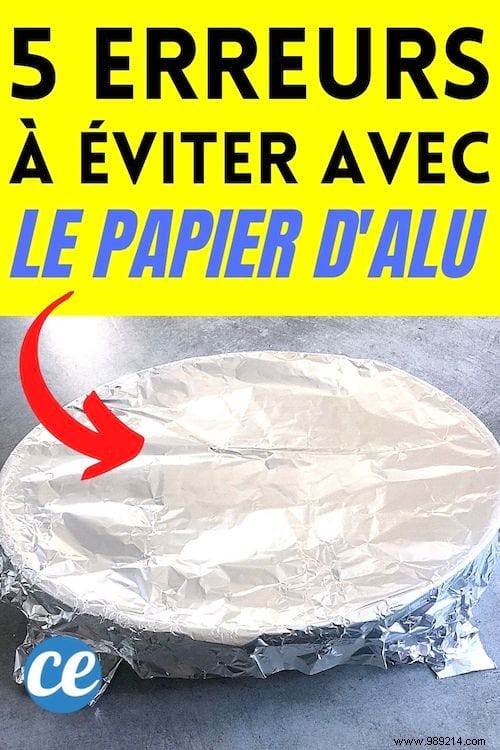
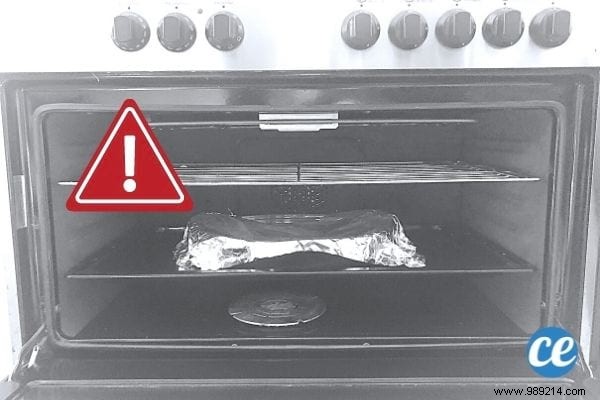
We are all tempted to use aluminum foil to make fish foil, to cook meat on the barbecue or vegetables in the oven.
It's even recommended in a number of recipes.
But contrary to popular belief, putting aluminum foil in the oven is a bad idea.
Because it can be dangerous.
Why ? Because it does not tolerate high heat well.
Too much heat can release toxic particles that contaminate the food.
And if swallowed in large quantities, aluminum is very bad for your health.
It's even a neurotoxic substance. very powerful.
And this is especially true with spicy dishes.
Wondering why?
Because spices promote the transfer of toxic particles into food during cooking.
And it doesn't stop there!
Be aware that it can also catch fire or create sparks, especially if it comes into contact with acidic foods (tomatoes, lemon, etc.).
Conclusion?
So whether it's cooking in the oven or on the barbecue, it's best to avoid using aluminum foil.
So if you want some advice...
Choose baking paper to make papillotes, grills or cover the gratins before putting them in the oven.
Know that there are even reusable baking sheets!
But wait, let me tell you something to finish.
Don't panic if you've reheated your lasagna with foil once in a while.
There is no risk in this case.
But if you can limit its use, that's better!
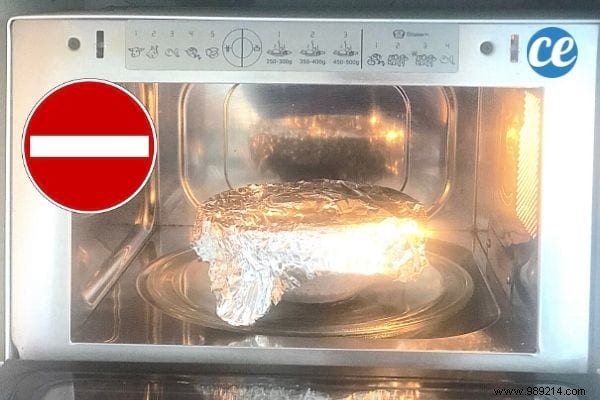
You should NEVER put aluminum foil in the microwave oven .
Aluminum is a metal.
And heating metal in the microwave is dangerous.
Aluminum is a super electrical conductor.
If you run your microwave with aluminum foil in it, it'll spark everywhere!
If you forget to remove a piece of aluminum foil before putting your dish in the microwave, turn the oven completely off before opening it.
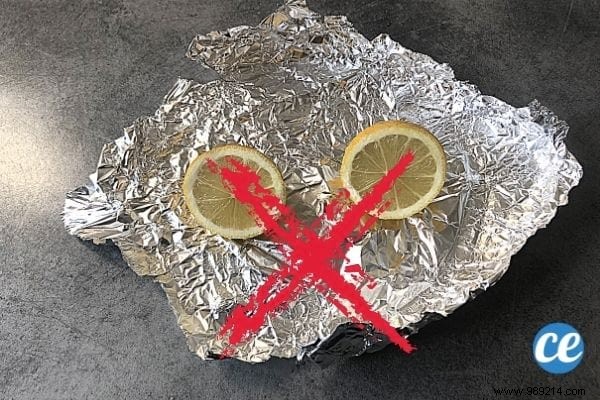
The paper does not support acidity .
That's why it gets damaged e in contact with acidic foods.
This is the case, for example, with lemon, kiwi, tomatoes, tamarind, oranges, rhubarb...
It becomes cloudy and it can release toxic molecules or change the taste of food.
To preserve your acidic foods, it is therefore better to use a food storage box.

We've all noticed it. On the aluminum foil, there is a matte side and a shiny side.
So, which side to choose to wrap your food?
It's a big debate... which doesn't have to be!
Yes, it doesn't matter which side you choose.
This has no effect on the distribution of heat, the quality of preservation or the taste of the food.
But then, why have two different faces?
This is simply due to the manufacturing process.
The metal sheets being very thin, it is necessary to superimpose several layers.
The shiny layer simply means that it is the last layer of foil applied.
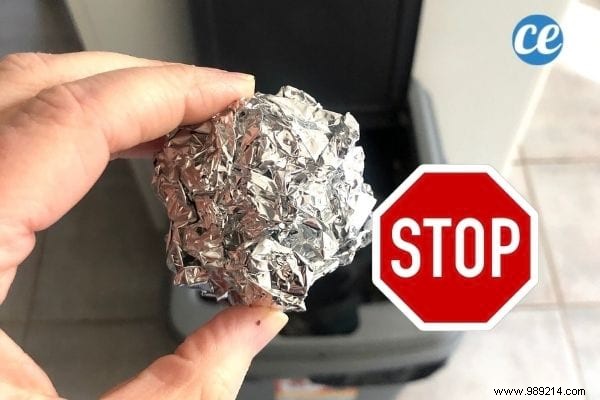
Yes, aluminum foil can be recycled .
Like most metals, it can be recycled indefinitely.
Just like beer or soda cans or bottle caps.
It must therefore be put in the recycling bin.